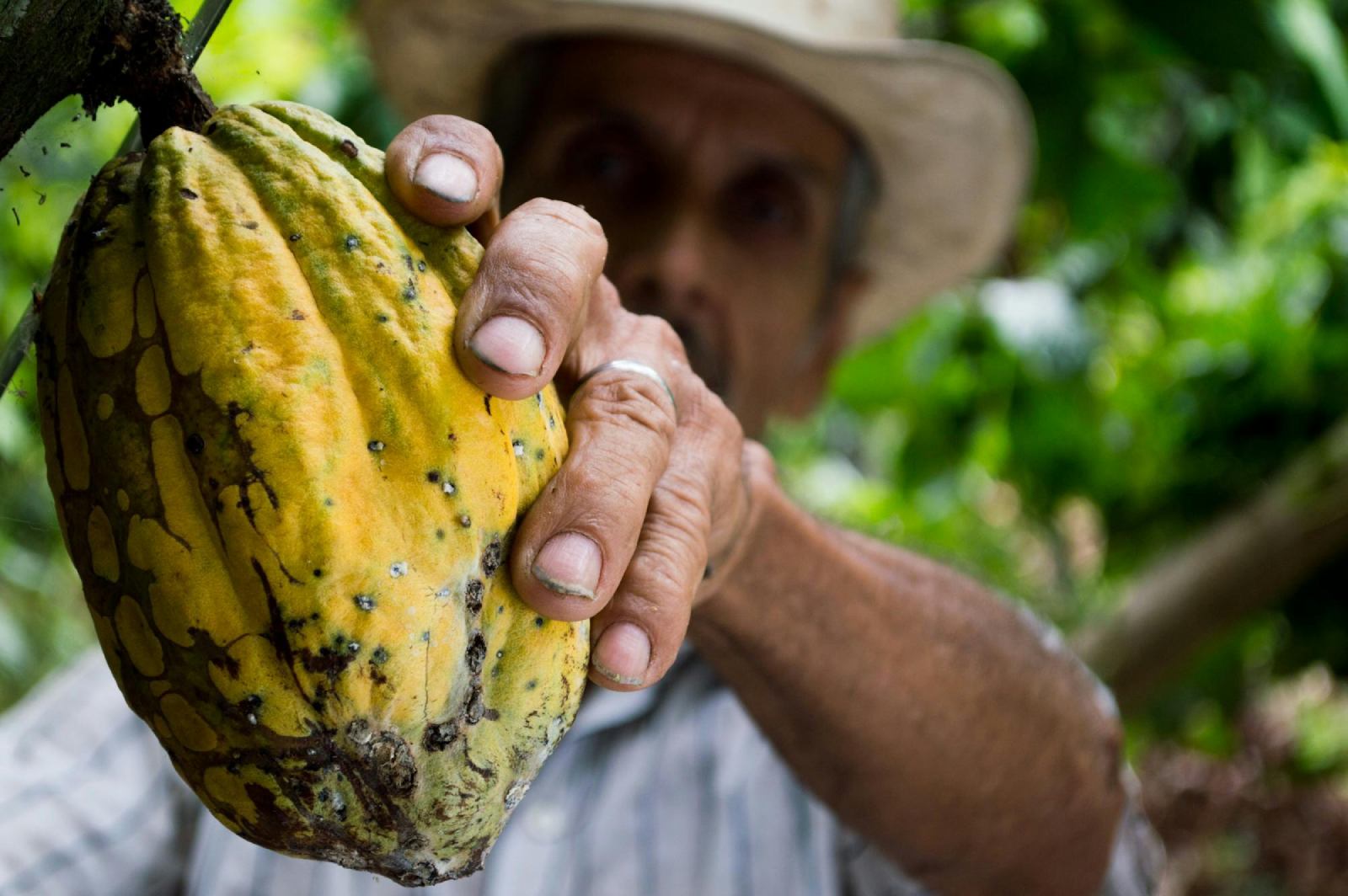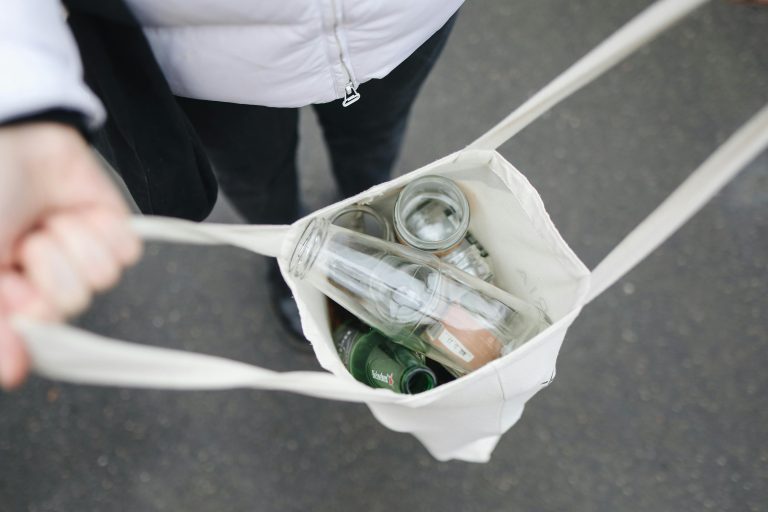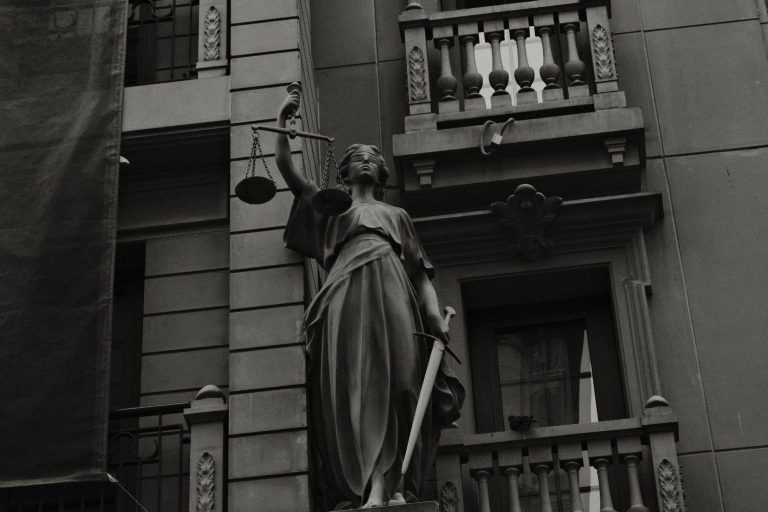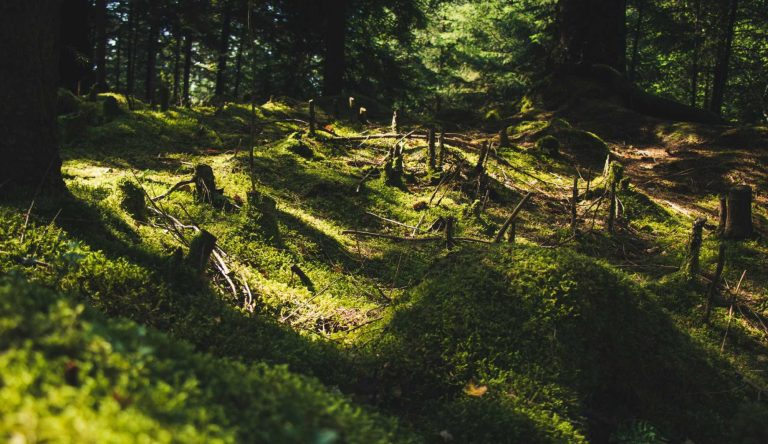Digital Traceability Cocoa and Coffee
Every time you sip a cup of coffee or unwrap a piece of chocolate, there’s a story behind it.
A story that spans continents and climates. But how do we know that story? Through traceability.
More than ever, people want to know where their cocoa and coffee come from and how they grow. It’s not just about taste, it’s about trust. With increasing pressure from consumers and corporate responsibility goals, companies can no longer afford to look the other way.
One major force behind this shift is the European Union’s Deforestation Regulation (EUDR coffee compliance): it requires that commodities like cocoa and coffee entering the EU are proven to be deforestation-free. It’s changing the way global supply chains work.
But the old systems weren’t built for this level of scrutiny. They’re often messy and opaque, burdened with problems like child labor and environmental damage just below the surface. Fortunately, digital tools like sensors, GPS mapping, and smart data platforms are helping to turn things around, making supply chains more transparent and responsible.
Structure of the Cocoa & Coffee Supply Chains
Key Stages in Cocoa & Coffee Supply Chains
Cocoa and Coffee Supply Chain: Farming & Sourcing
Cocoa and coffee start their journey in tropical regions, where millions of smallholder farmers rely on them for their livelihoods. But these areas also face serious environmental pressures, like deforestation, soil depletion, and increasingly unpredictable weather.
That’s why certification programs like Fairtrade, Rainforest Alliance, and UTZ matter. They don’t just put labels on products: they support farmers and promote better land management and ethical coffee and cocoa sourcing.
Sustainable Cocoa and Coffee Supply Chain: Processing & Milling
How beans are processed can make or break both quality and sustainability. In cocoa, fermentation and drying are essential steps. With coffee, it’s about choosing between wet or dry methods, each has different impacts. Wet processing, for example, tends to use a lot of water, raising concerns about water waste.
Coffee and Cocoa Origin Tracking Export & Distribution
Before reaching a shelf in Europe, cocoa and coffee beans pass through many hands. This can make it incredibly difficult to track their origins, something the EUDR coffee compliance now requires. Exporters need to show that their products are not only high-quality but also deforestation-free.
Coffee and Coffee Supply Chain Traceability: Manufacturing & Retail
To meet these expectations, brands are turning to tech. Traceability systems are bringing new levels of transparency: now you can scan a chocolate bar or coffee bag and instantly learn where it comes from, how it was grown, and whether it meets ethical standards.
Traceability in Cocoa and Coffee Production: Consumer Engagement
Today’s shoppers are more responsible and care deeply about where their products come from, if they were produced following the regulations and in a fair way, with respect to others, taking care of the impact produced on the environment. Conscious or aware consumption is related to the purchase of products or services that take sustainability into account.
Contemporary consumers want fair wages for farmers and want to ensure eco-friendly production. Thanks to digital tools, they can get it.
Traceability isn’t just about supply chains anymore, it’s about creating lasting trust between brands and the people who buy from them.
Traceability Flow in Cocoa Coffee Supply Chains
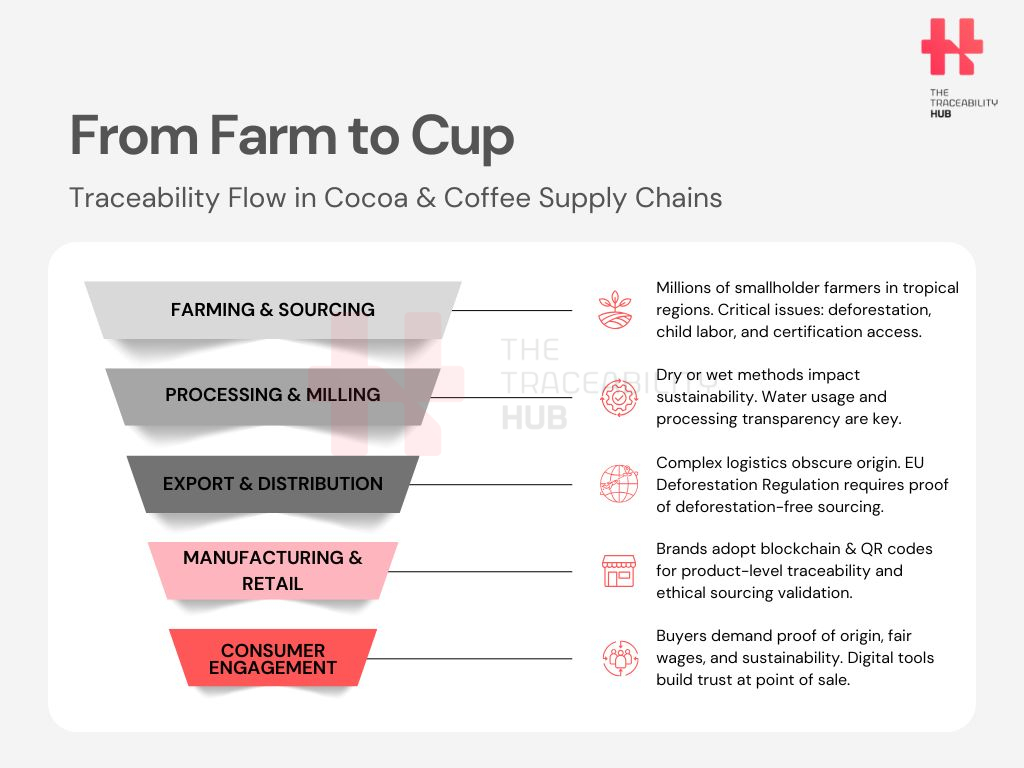
Key Challenges in Cocoa & Coffee Supply Chains
1. Cocoa and Coffee Supply Chain: Environmental Challenges
Deforestation & land degradation: Clearing forests for cocoa and coffee plantations has caused major biodiversity loss. It’s a sustainability crisis in the cocoa and coffee supply chain.
Climate change: Warmer temperatures and unpredictable weather are making it harder to grow cocoa and coffee in traditional regions, putting farmers and crops at risk.
Water waste: Wet processing methods use a lot of water, something many growing regions can’t afford to waste. Managing this better is key to a sustainable future.
2. Cocoa and Coffee Supply Chain: Economic Challenges
Ethical coffee and cocoa sourcing – price volatility: Prices for cocoa and coffee swing wildly. That instability often leaves small farmers without a safety net, making long-term planning nearly impossible.
Ethical coffee and cocoa sourcing – transparency gaps: With so many intermediaries involved, it’s hard to track where beans come from and whether they were produced responsibly.
Certification costs: Getting certified can be expensive. For smallholder farmers, that cost can be a barrier to accessing higher-paying, sustainable markets.
3. Cocoa and Coffee Supply Chain: Social Challenges
Ethical coffee and cocoa supply chain – child labor & exploitation: Sadly, child labor still exists in some cultivations and farms, largely due to poverty and lack of oversight.
Ethical coffee and cocoa supply chain – gender inequality: In many farming communities, women are shut out of land ownership, credit access, and leadership roles, limiting their ability to thrive.
Ethical coffee and cocoa supply chain – farmer support: Many farmers don’t have access to training, technology, or reliable buyers. Without these tools, improving practices or incomes is a steep uphill climb.
Digital Traceability & Sustainable Solutions
1. EUDR Compliance
The EUDR coffee and cocoa compliance isn’t just a guideline, it’s a legal requirement. Companies now have to prove their cocoa and coffee are deforestation-free. Satellite imagery, GPS data, and digital records coming from smart sensors make this possible, helping brands trace products all the way back to individual farms.
2. Regenerative & Climate-Smart Agriculture
Sustainability starts at the root. Practices like agroforestry (planting trees among crops) and soil regeneration improve biodiversity and help farms withstand climate shocks. Programs like Nestlé’s Cocoa Plan and Nespresso’s AAA initiative are leading examples, using data and carbon footprint coffee traceability to drive greener agriculture.
3. Economic & Social Sustainability Strategies
Beyond farming practices, cocoa and coffee supply chain traceability can help build fairer economies. Direct trade and fair trade ensure better pay for farmers. Empowering women through education and access to resources is helping communities grow stronger. And financial tools like microloans and support programs are giving smallholders a real chance to succeed.
Case Studies: Companies Leading Traceability in Cocoa & Coffee
1. Nestlé: Cocoa & Coffee Transparency Initiative
Nestlé’s Cocoa Plan is built on traceability in cocoa production. The company uses satellite data and blockchain to ensure its cocoa is responsibly sourced and meets the EUDR’s deforestation-free requirement. For coffee, its Transparency Program tracks payments to farmers and monitors environmental practices, adding another layer of accountability.
2. Starbucks: Blockchain Coffee Traceability & Ethical Sourcing
Starbucks is one of the first companies to let customers trace their coffee journey with a simple scan. Their Digital Coffee origin tracking Tool, powered by blockchain, aligns with the company’s C.A.F.E. Practices. These standards guarantee ethical sourcing and sustainability in every cup.
3. Barry Callebaut: Blockchain & Cocoa Sustainability
Through its Cocoa Horizons initiative, Barry Callebaut uses advanced digital systems to coffee bean traceability from farm to factory. The company employs AI and satellite data to monitor sustainability goals and works with retailers to scale ethical sourcing solutions across the industry.
The Future of Traceability in Cocoa & Coffee Supply Chains
Expanding Cocoa and Coffee Traceability & Digital Product Passports
As more companies adopt smart digital technology and Digital Product Passports (DPPs), traceability is becoming a built-in part of product labelling. By scanning a simple QR code coffee and cocoa traceability, anyone can explore a product’s full journey, from farm to shelf, and verify its ethical credentials.
Traceability Food Compliance: EU Regulations as a Driving Force
The EUDR is pushing companies to make traceability more than a “nice to have.”
With compliance now mandatory, businesses are turning to DPPs and digital audits to prove their products are deforestation-free and ethically sourced.
AI & IoT Coffee Supply Chain in Ethical Sourcing
Artificial intelligence is helping companies stay one step ahead. By analyzing satellite images, they can spot signs of deforestation or unsustainable practices early. Meanwhile, IoT sensors give real-time updates on crop condition and water use, making farming smarter and greener.
Circular Economy & Product Innovation
Innovation isn’t just happening in the fields. Across smart coffee and cocoa supply chain, companies are finding new uses for what used to be waste. Coffee grounds are being turned into cosmetics and biofuels. Cocoa husks are used as fertilizer or animal feed. These steps toward a circular economy are reducing waste and unlocking new value.
Cocoa and Coffee Supply Chain Traceability: Next Steps
The demand for traceability in cocoa and coffee is no longer optional; it’s imperative.
As regulations like the EUDR take hold and consumers push for greater transparency, companies are embracing digital tools to transform how they source, produce, and sell.
The brands that lead this shift, by investing in cocoa and coffee traceability, regenerative farming, and ethical trade, aren’t just complying with new rules. They’re building trust, shaping the future of sustainable food, and turning everyday products into stories worth telling.
Read more: Raw Material Traceability & Consumer Engagement: The Case of Rice



